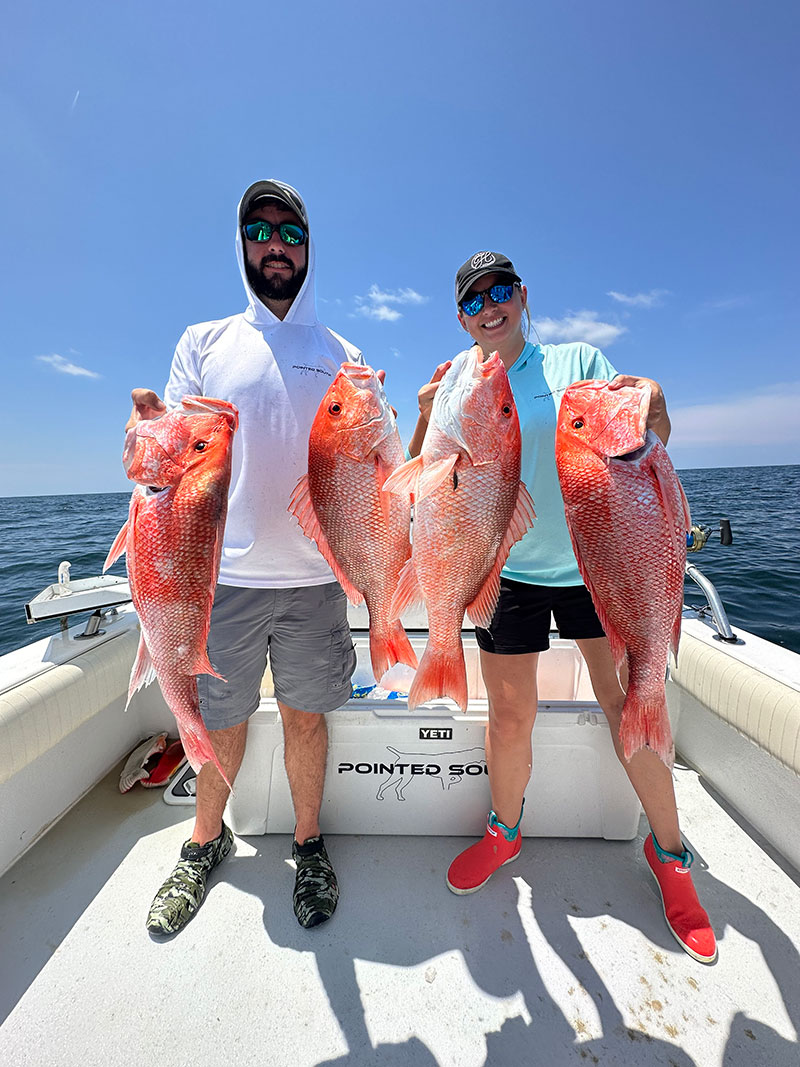
Ladies and gentlemen. Boys and girls…
Step right up to see Louisiana in what should have been the full bloom of a Sportsman’s Paradise — grand hunting seasons and fishing that’s, well, usually among the best in North America heading into late fall.
We should be talking about how many ducks and geese we’re gonna see in the next weeks and months; about how much venison backstrap we’re gonna enjoy; about how that squirrel sauce piquant is gonna taste on a cold near-winter night; and maybe trying to settle the argument about which is better, rabbit spaghetti or rabbit stew.
It’s a dry November in most corners of our beloved state. No matter how much rain fell in October, we can’t make up a deficit from rare months of drought — unless something of Biblical proportions happens between the original writing and your reading of this.
Wherever it is you’ll be with firearm or bow, please remember Smokey the Bear’s wise words — Only you can prevent forest fires! We’ve had plenty of those this summer and need no more.
(Aside: Yeah, I know, it’s Smokey Bear now, but that’s not who I grew up with. And, don’t you wish the federal folks could get it straight. Why is it “Smokey” Bear and the national park is “Smoky” Mountain NP? Hey, smoke is smoke, right?).
Worst part
The worst part about the drought is what’s ahead next year. No rain, no acorns and no other fatty nuts our four-legged animals need to produce healthy offspring. No rain, no lush vegetation, the nutrients fur-bearers and birds of all feathers need to maintain a stable, maybe growing, population.
That’s worrisome, and doesn’t include the potential of dry seasons spreading a handful of virulent diseases among our wildlife. It happens.
Yep, this drought came fraught with peril — and more than in the upland woods.
Water itself is in short supply all over. The mighty Mississippi River is extraordinarily low for the second consecutive year. Heck, with water everywhere around Plaquemines Parish, tank barges filled with drinking water are being delivered to folks in the toe of our boot.
You’d hardly think we’d need to talk about the Gulf of Mexico and all its water, yet there’s the beginning of a something — let’s call it a discussion — about red snapper and the way that season was handled this year. The discussion is as deep as the water itself.
Snapper guessing game
We started out the private recreational red snapper season May 26 with a three-fish-per-day limit, a 16-inch minimum size for “keeper” fish allowed every day, not 2022’s three-day weekend season.
But the zaniest part about our Wildlife and Fisheries Commission’s April 6 vote for that season was an admission by federal fisheries folks about adding more to our state’s annual private-sector allotment. Also included are state-licensed charter boats, but not federally licensed charter operations, which have a different season.
It meant a 125,262-pound increase from 2022 to 2023, from last year’s 809,315 pounds to this year’s 934,587-pound allocation. We went over 2022’s target by LA Creel’s estimate of an 811,090-pound take during a 62-day season.)
The commission acted on a Wildlife and Fisheries’ staff recommendation, and I guess the staff figured the extra four days a week would make up for the additional 125,262 pounds.
Not this year, not even when the LDWF acted to increase the daily take to four fish July 17 during the season itself.
By the end of September, it looked like our state’s offshore anglers would need to catch 100,000 pounds to hit that 934,000-plus target. Not likely.
Left on the table
If not, then the number of pounds we leave on the table in Louisiana this year will be added to any the other four Gulf States don’t take and that total will be divided by five then added to 2024’s allotment. Talk about the ones that got away.
OK, so let’s give the LDWF fisheries staff a pass on this one. No one has a crystal ball, especially when it comes to fish and fishing. But let’s also do better next time.
It’s a lesson to all that the bulk of the private recreational red snapper catch comes from the Memorial Day weekend into the first two weeks of what now has become back-to-school August. Yep, there’s a bump around the Labor Day holiday, but by September, school, football and hunting steal away offshore fishing days. By the way, the season ends on Dec. 31.
Maybe we start with four fish a day next year. At least, that’s what we should demand. That makes sense to me.
Congress’ push-back
And one more crazy, wacky issue. There was only one dissenting vote in both houses of Congress to overturn the U.S. Department of Education’s decision not to fund schools with hunting safety and Archery in the Schools programs. Education was acting on its interpretation of the Bipartisan Safer Communities Act when it came to the 1965 Elementary and Secondary Education Act. Crazy.
The furor created a storm on Capitol Hill, and, as soon as both houses convened in early September, the Protecting Hunting Heritage and Education Act was crafted then first passed the House of Representatives by a 424-1 vote and passed unanimously by the Senate.


